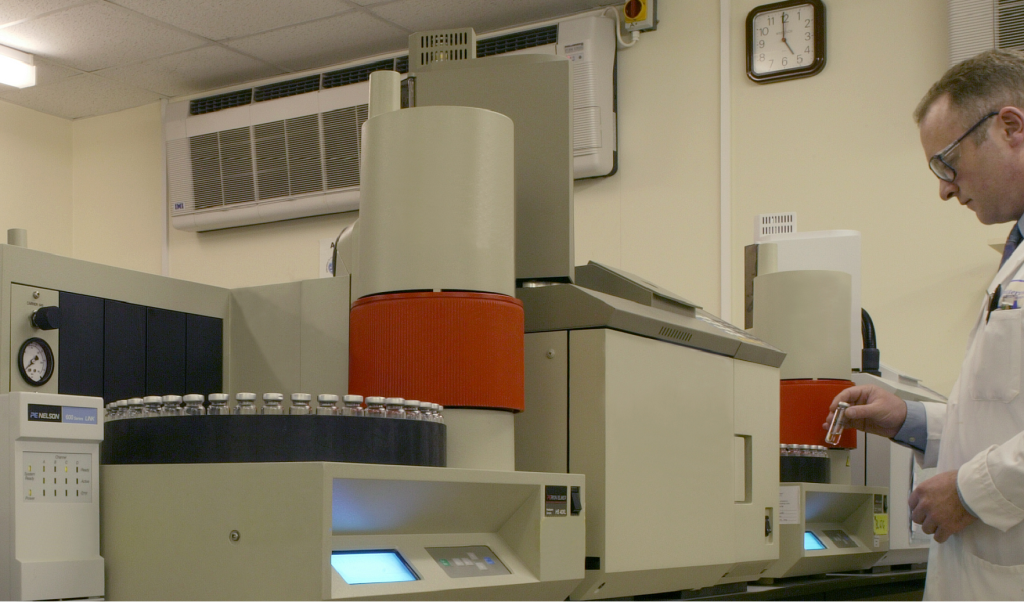For over 40 years, Butterworth Laboratories has provided independent, contract analytical services to the global pharmaceutical and related industries.
The Background to Residual Solvent Analysis at Butterworth Laboratories Limited
25 March 2024
1996 saw the implementation of the first automated headspace GC system in response to increased client requirements. Much of this testing in accordance with USP <467> Organic Volatile Impurities, however, was “blind compliance” since the 7 targeted solvents, including Benzene, were practically never used in the production of pharmaceutical articles and other solvents known to be used were omitted. After several changes, Benzene was removed when published in its final form in 2002, leaving only 4 specified solvents.
The end of the 1990s witnessed a huge increase in headspace residual solvents analysis at Butterworth’s, both for compliance to <467> OVI (<467> OVI) and the development of product-specific screening procedures based on the solvents actually used in production. This required the purchase of an additional three headspace GC systems.
By 2005, Butterworth had six headspace GC systems, which was just in time for what was to be another period of dramatic increase in the requirement for headspace analysis. In 2003, a completely revised chapter renamed <467>, “Residual Solvents” (<467>RS), was first published as an intended revision in the USP-PF. This adopted the ICH Q3C classification and limits for residual solvents based on toxicity. The chapter included headspace procedures for screening the five Class 1 and twenty-three Class 2 solvents. This was a cause for excitement in the chromatography lab at Butterworth since we had already built up considerable experience in the headspace analysis of residual solvents. We now saw a chance not only for an increase in revenue, since the new monograph was much more labour-intensive and time-consuming, but also for a chance to showcase our chromatography skills in this area. . The new chapter <467> RS was published in the USP in 2005 with an implementation date of July 2006.
Whilst there was excitement for the new chapter at Butterworth, there was a further inclusion in the 2005 USP, which caused panic throughout the industry, caused by perhaps the shortest statement ever made in the USP to have the greatest impact. USP General Notices 5.60.20 stated that “ All USP and NF articles are subject to the relevant control of residual solvents, even when no test is specified in the individual monograph.” This meant that hundreds of pharmaceutical substances previously not prescribed to comply with <467> would now be required to do so. Again, the implementation date was set for July 2006. Since manufacturers tend to have limited GC capabilities, there were many calls to Butterworth seeking assurance that we would be set up to carry out the new <467> RS procedure by the 2006 implementation date. In fact, Butterworth started the verification of this new procedure in 2005 when the required USP Reference Standards were first made available.
However, this was not to be the end of delays in implementation since, in the USP-PF March – April 2006, the official date was postponed until January 2007. This was quickly followed by a further announcement in the USP-PF July – August 2006, delaying implementation until July 2007. Much of this rescheduling of implementation dates had been at the request of the industry. It is also clear that there were further requests being made to the USP and FDA asking for more time to prepare for the implementation since only two weeks before this latest revised implementation date, the USP issued guidance on its website that a further postponement was being made until July 2008. So it was that the revised <467> RS and general notices 5.60.20 were finally implemented in 2008